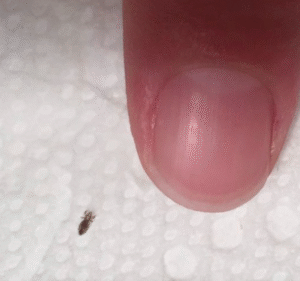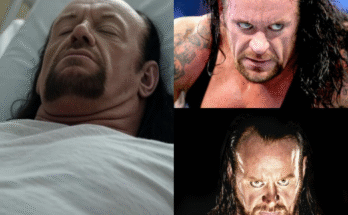
Head Lice: How to Get Rid of Them and Stop Them Coming Back
Head lice are tiny, wingless insects that live in human hair and feed on blood from the scalp. While they don’t spread disease, they can cause intense itching, discomfort, and stress — especially for parents and school-aged children. Thankfully, getting rid of head lice is possible with the right approach, and preventing their return is just as important.
Recognizing Head Lice
The first sign of lice is often itching caused by the saliva of the lice when they bite the scalp. Other signs include a tickling feeling in the hair, difficulty sleeping (as lice are more active in the dark), and visible nits (lice eggs) stuck to hair shafts. These nits are often mistaken for dandruff, but unlike dandruff, they are difficult to remove.
Getting Rid of Head Lice
-
Use a Medicated Treatment:
Over-the-counter lice shampoos or lotions containing permethrin or pyrethrin are the most common first step. Prescription treatments like malathion, ivermectin, or spinosad may be recommended if OTC options fail. Always follow instructions exactly, including how long to leave the treatment on and whether a second application is needed after 7–10 days. -
Wet Combing:
Wet combing with a fine-toothed lice comb is an effective, chemical-free method. After washing hair, use conditioner and comb through small sections, wiping the comb on a paper towel after each stroke. Repeat every few days for at least two weeks. -
Check and Treat the Whole Household:
While lice don’t jump or fly, they spread quickly through close contact. All family members should be checked, and anyone infested should be treated simultaneously to prevent re-infestation. -
Clean Brushes and Bedding:
Soak hair brushes and combs in hot water (at least 130°F or 54°C) for 5–10 minutes. Wash bedding, hats, scarves, and recently worn clothing in hot water and dry them on a hot cycle. Items that can’t be washed can be sealed in a plastic bag for two weeks.
Preventing Reinfestation
-
Avoid Head-to-Head Contact:
Teach children not to touch heads with others while playing or taking group selfies. -
Don’t Share Personal Items:
Hairbrushes, hats, scarves, helmets, and headphones should not be shared, especially in schools or sports settings. -
Regular Checks:
Perform weekly checks on children, especially if there are reports of lice outbreaks at school. Early detection helps stop lice before they spread. -
Tie Back Long Hair:
Keeping long hair tied back in braids or buns can reduce the chance of lice climbing from one head to another.
Final Thoughts
Head lice are a nuisance, not a sign of poor hygiene. Anyone can get them, regardless of age or cleanliness. While treatment can be frustrating and time-consuming, it is entirely manageable with persistence and care. Combining chemical treatments, manual removal, and preventive habits offers the best defense against lice — and peace of mind for everyone involved.
